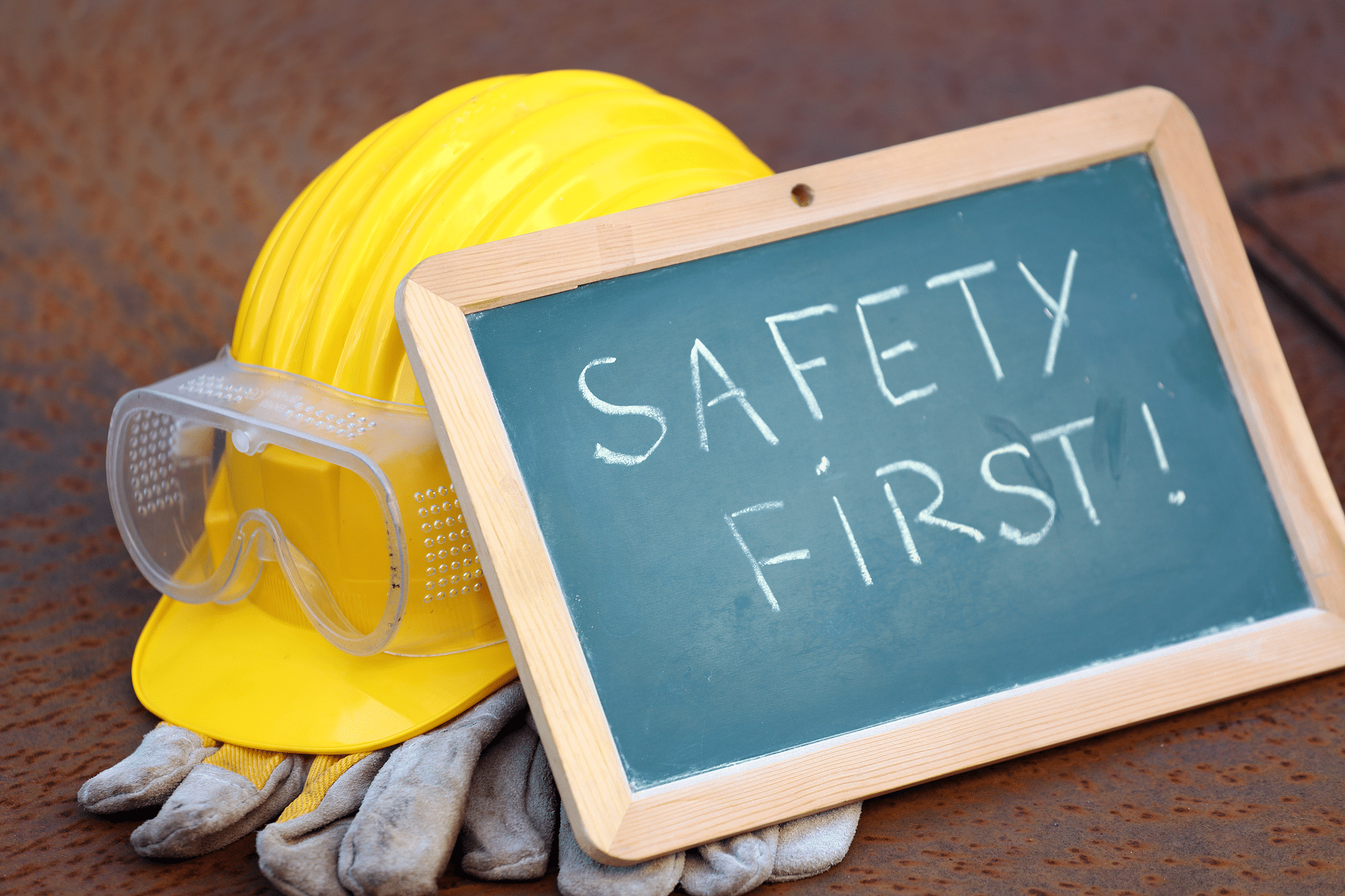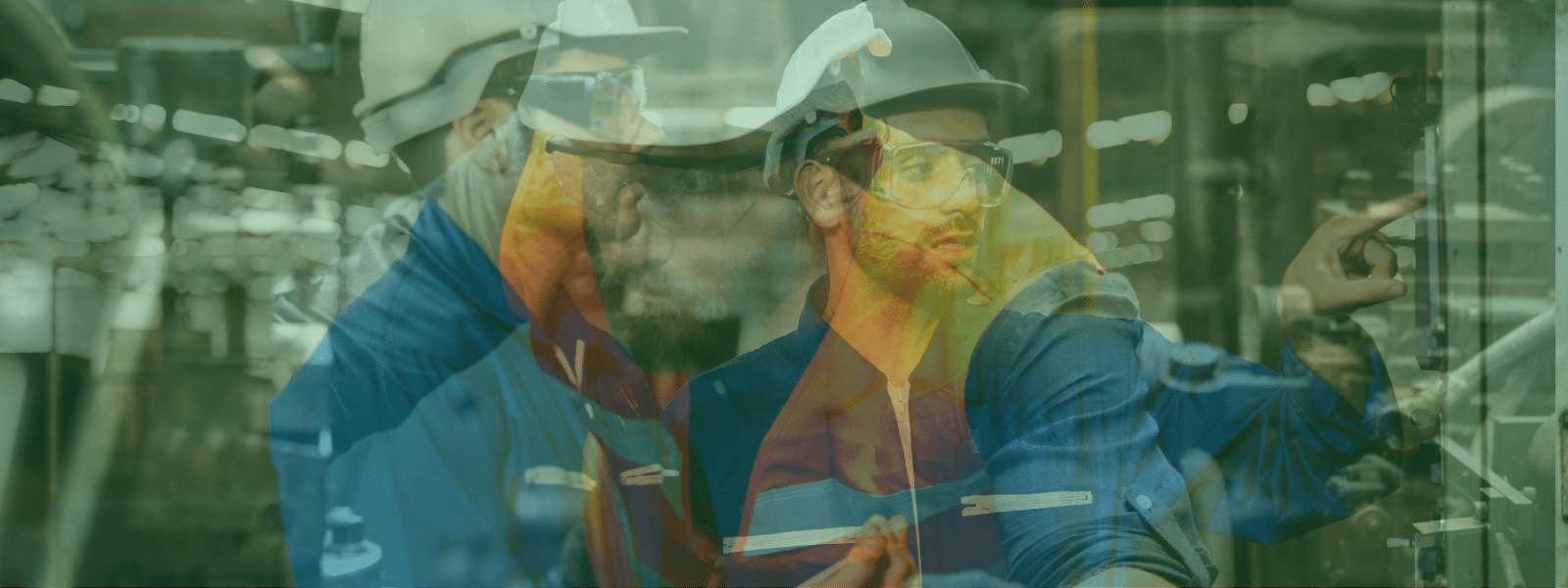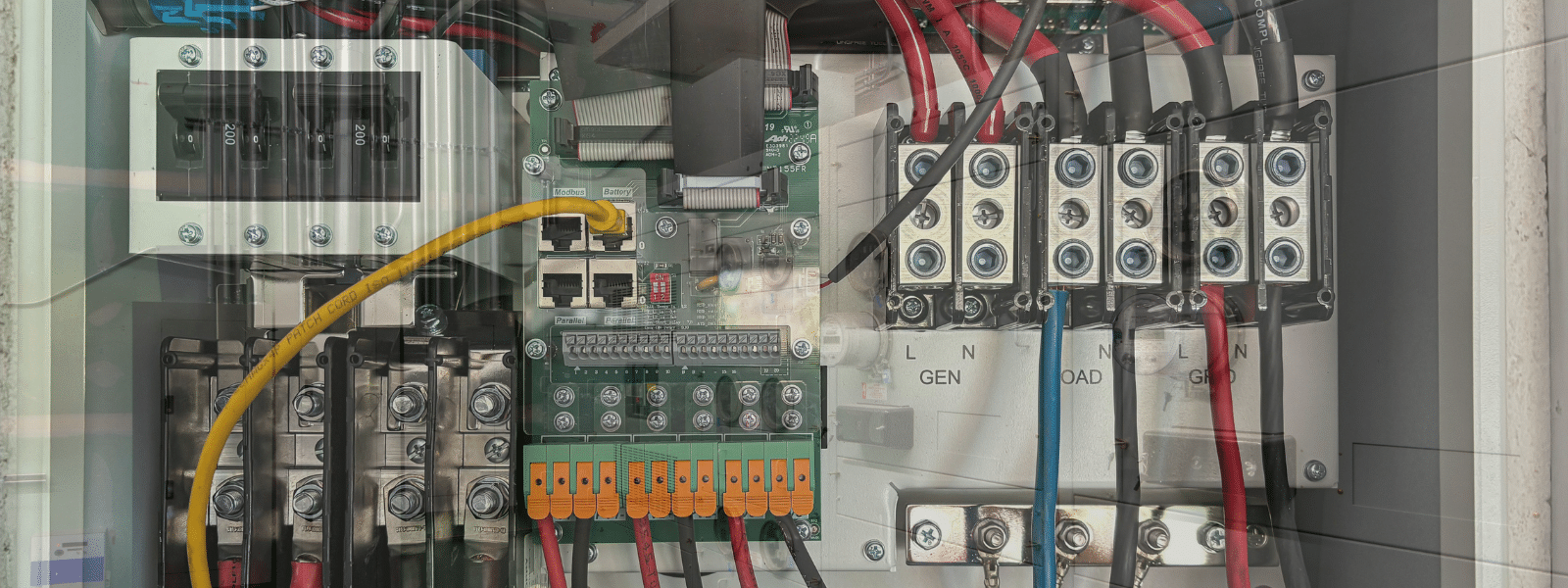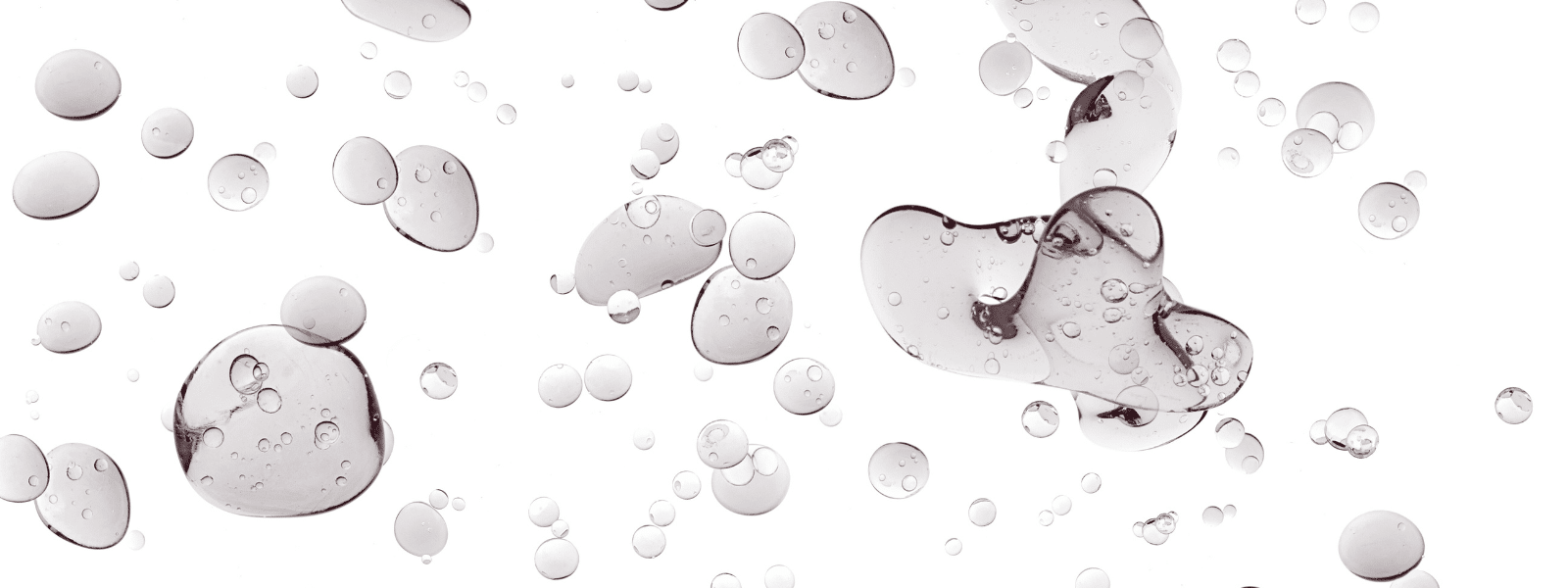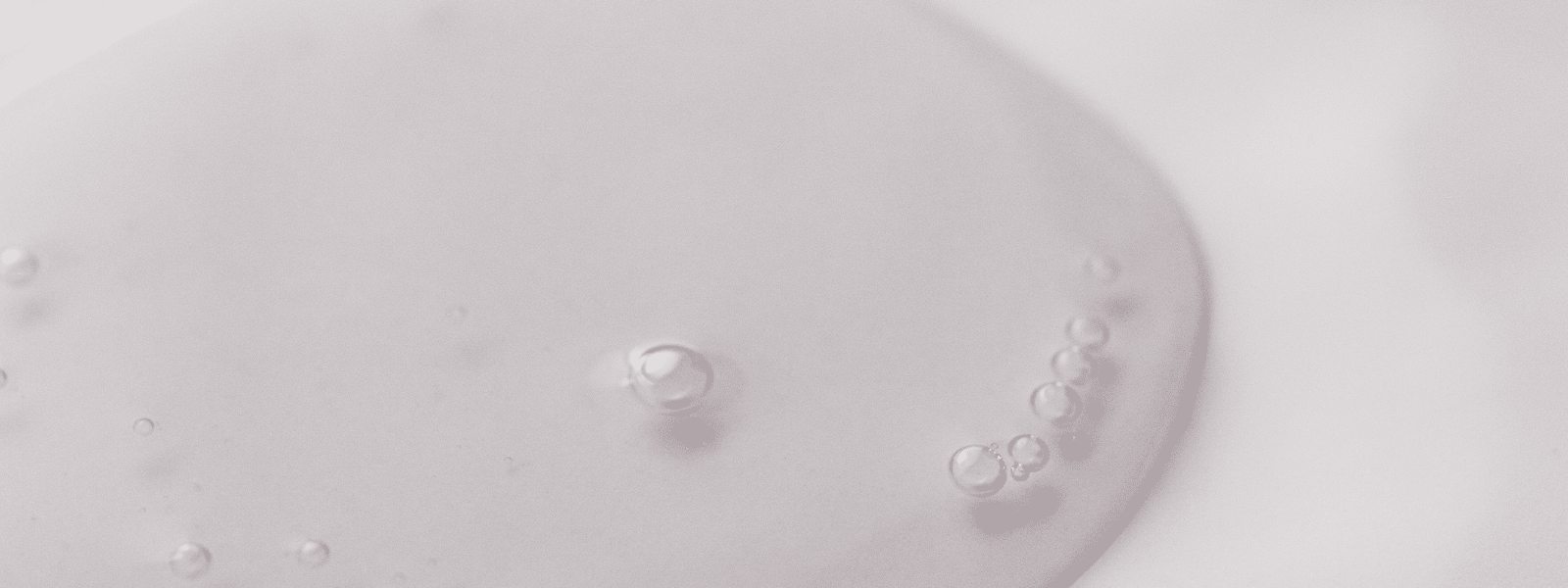N-propyl bromide — nPB for short — is a chemical compound that has a two-sided reputation. On the good side, the compound is widely considered safer for the environment than many of the ozone depleting chemicals it’s replaced. On the bad side, “safer” doesn’t exactly mean “safe”.
The Environmental Protection Agency (EPA) and the Occupational and Safety Health Administration (OSHA) recognize that acute and chronic human exposure to nPB can cause health problems that range minor ailments such as watery eyes and upset stomach to incurable maladies such as neuropathy and cancer. Consequently, n-propyl bromide exposure limits have been imposed, with the American Conference of Governmental Industrial Hygienists’ (ACGIH) Threshold Limit Value (TLV) of 0.1 ppm being the gold standard.
Understanding PPM
PPM is an initialism that means “parts per million”. So, a degreaser that contains 0.1 ppm of n-propyl bromide is 0.00001% pure nPB. For those who took some upper level chemistry and math courses in high school or college, here’s what PPM looks like as a formulaic expression (courtesy of EngineeringToolbox.com):
- ppm = 1000000 mc / ms
- = 106 mc / ms (1)
- where
- mc = mass of component (kg, lbm)
- ms = mass of solution (kg, lbm)
Many industrial users of nPB need cleaning solvents that have a higher concentration of the compound than 0.00001%, hence the widespread movement to find nPB replacements based on the efficacy of the cleaning agents alone. That nPB has a deleterious effect on the health of workers who use it adds gasoline to the fire.
Finding nPB Replacements
Based on cleaning power, there are plenty of conventional, suitable replacements of n-propyl bromide. However, many of them pose the same problem as nPB: They’re not good for the environment and they pose those health risks that can lead to increased sick days taken at best and chemical injury lawsuits at worst.
The best option for nPB replacements is to break ties with conventional chemical providers, and work with a supplier of environmentally prefered and environmentally safe cleaning solutions, such as Ecolink. You end up with a solution that doesn’t hamstring your cleaning operations due to emission caps and potentially deadly effects on workers.
Ready for a Replacement?
If n-propyl bromide exposure limits make it practically impossible for your organization to use nPB in the necessary amount, stop exposing yourself to the financial stress of using a solvent that the EPA appears poised to officially add to its List of Lists that names chemicals that are too dangerous to humans and/or the environment to remain a viable solution for industrial and commercial cleaning needs.
Instead, contact Ecolink, and get started on selecting a cleaner that delivers the efficacy of n-propyl bromide, without the major health risks that could easily lead to increased sick days taken, workers compensation claims, and chemical injury lawsuits whose settlements decimate the bottom line.
To explore nPB replacement options that circumnavigate n-propyl bromide exposure limits, call us today at 800-563-1305, or use the contact form on your website. We look forward to helping you improve safety in the workplace and become a better steward to the environment!





